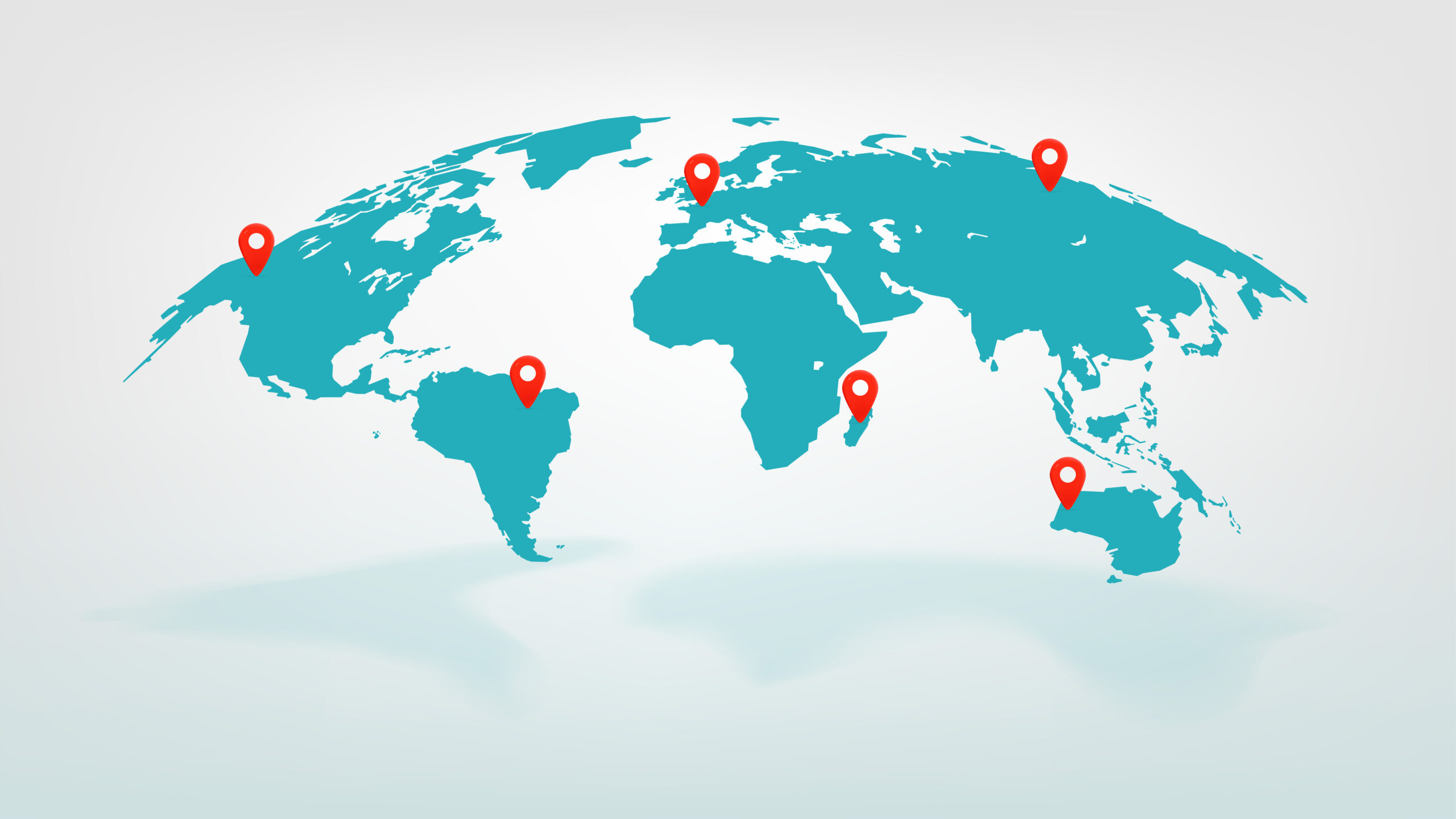By Stefano Maroni, New York
When we think about identity, we often imagine culture, family, or personal choices as the defining forces. Yet geography—the places we inhabit, the landscapes that surround us, the streets we grow up on—plays a subtle, persistent role in shaping who we become. In America, a country of sprawling diversity and stark contrasts, the invisible borders created by geography tell stories as powerful as any family legacy or social institution.
From the dense neighborhoods of New York City to the wide-open plains of the Midwest, the environment we inhabit leaves its imprint on our behavior, values, and worldview. Geography is not just a backdrop for our lives; it is a lens through which we perceive the world.
The Lessons of Place
Growing up in New Jersey, between the hum of highways and the tight-knit rhythm of immigrant neighborhoods, I learned that place teaches you patience, caution, and awareness of others. My streets were crowded but defined, familiar but full of unseen rules. You learned to navigate social currents as carefully as traffic, and those lessons were subtle yet enduring.
Contrast that with someone raised in a rural town in northern New Mexico, where the nearest neighbor might be miles away, and the horizon stretches for hours before it meets the sky. In that geography, solitude becomes familiar, reflection a necessity, and independence a daily practice. The physical environment molds habits, shapes emotional responses, and informs the way one interacts with the world.
Invisible Borders and Social Identity
Geography also draws invisible borders around social identity. A child born in the Rust Belt may inherit a sense of resilience shaped by economic hardship, by factories that rise and fall, by communities that rely on one another in ways urban dwellers may never know. Meanwhile, a child in Silicon Valley may inherit a different set of assumptions: optimism in technological progress, ambition measured in startups, and failure as a stepping-stone rather than a final verdict.
These borders are invisible, yet their influence is profound. They affect politics, morality, aspirations, and even our perception of possibility. Geography teaches us who we are by teaching us who our neighbors are, what work looks like, what struggles are ordinary, and what victories feel exceptional.
Migration and the Shaping of Identity
America is a country defined by movement. Families relocate for work, for safety, for opportunity. Each move brings a collision of geography and identity, forcing us to negotiate the new landscape while carrying the lessons of the old. Immigrants often navigate multiple layers of geography—both physical and cultural—and in doing so, they cultivate a sense of flexibility, awareness, and duality that becomes central to identity.
Even subtle changes—a move from the city to the suburbs, from the plains to the mountains—can reshape perception. The rhythm of daily life, the sounds, the pace of interaction, and even the weather subtly reinforce certain attitudes, priorities, and ways of being. Geography is a quiet but consistent teacher, one whose lessons persist long after the move has been made.
The Psychological Borders of Place
Physical geography creates psychological borders as well. Urban environments, with their density and constant stimulation, can foster alertness, adaptability, and a certain sharpness of mind—but they can also breed anxiety, alienation, and detachment. Rural areas, with their wide spaces and slower pace, cultivate patience, self-reliance, and introspection—but they can also create isolation, parochialism, and a sense of being cut off from the wider world.
Understanding how geography influences thought and emotion allows us to better understand ourselves and each other. It reminds us that disagreements and differences are often rooted not just in ideology, but in the very landscapes we inhabit and the daily habits they instill.
Geography as Memory
Places become repositories of memory. Streets, rivers, and fields hold echoes of our childhood, our first friendships, and our earliest disappointments. Visiting these places years later is not merely a physical journey—it is a psychological one. The memory of a specific place can bring back the lessons it imparted, the fears it instilled, and the values it nurtured. Geography, in this sense, becomes a silent narrator of identity, constantly shaping the way we perceive ourselves and others.
Even for those of us who leave our hometowns, geography’s imprint persists. We carry the rhythms of our old neighborhoods in our gait, our speech, our sensibilities. We adapt to new places, but the old ones remain invisible borders, marking our internal landscapes.
Embracing Geography in Understanding Ourselves
Recognizing the influence of geography is not about determinism. No one is confined entirely by the land they inhabit. Yet awareness of these invisible borders enriches our understanding of identity, empathy, and society. It allows us to see that differences are not always ideological or arbitrary—they are often environmental, born from the streets we walked, the climate we endured, and the neighbors we watched grow up alongside us.
In reflecting on geography’s role, we begin to appreciate the diversity of experience and the ways in which place silently shapes our values, our decisions, and our sense of self. By honoring the lessons of place, we gain a deeper awareness of what makes us who we are—and what we might yet become.
